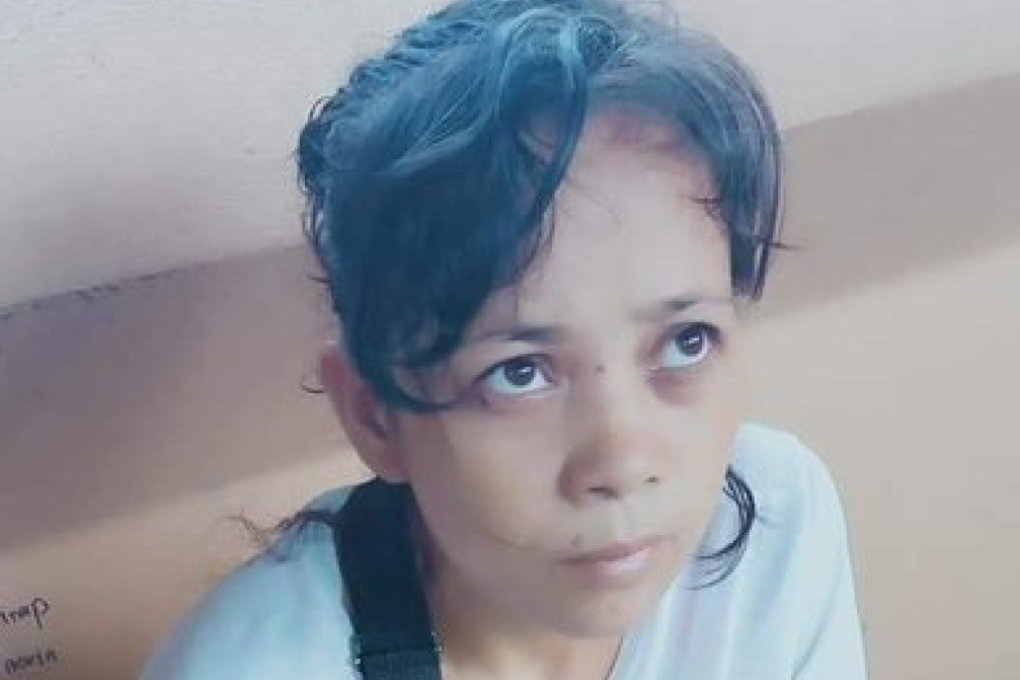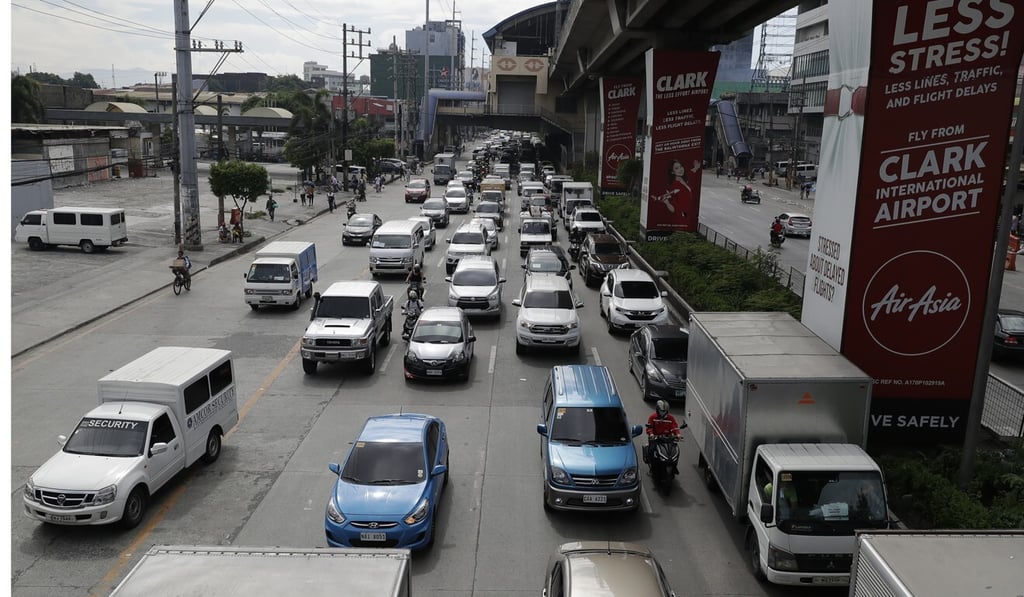Advertisement
In the Philippines, the death of a stranded mother highlights Manila’s commuter nightmare
- Michelle Silvertino died after waiting for five days to get a bus back to her home province, as most public transport remains banned
- Metro Manila has relaxed its coronavirus lockdown but many commuters are unable to get to work and are forced to walk long distances
Reading Time:3 minutes
Why you can trust SCMP
0

On June 5, Michelle Silvertino, 33, died in a Manila hospital soon after authorities found her huddled under a pedestrian overpass in Pasay City.
Sick with tuberculosis and possibly Covid-19, the house helper had been waiting for five days for a bus to take her to Bicol province so she could be reunited with her four children.
She had left her employer on June 1, believing she could take a provincial bus. After finding the terminal closed she walked for several hours with her luggage to a terminal in a different city in Metro Manila, only to find there were no buses departing there either. She chose to wait beneath the overpass near the bus stop for a ride that never came.

Silvertino is believed to be the first person to die because of Philippine authorities’ complex and confusing lockdown policies. On June 1, it relaxed Metro Manila’s lockdown for selected businesses and essential services, allowing thousands of people to return to work. But it did not tell them how to get there.
Fearful of the virus spreading on Manila’s notoriously overcrowded public vehicles, the authorities maintained the ban on buses and jeepneys – the backbone of Manila’s mass transport. According to transport officials, buses and jeepneys may not be allowed to run until June 22.
Advertisement